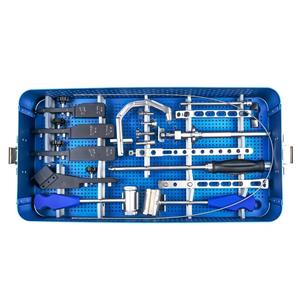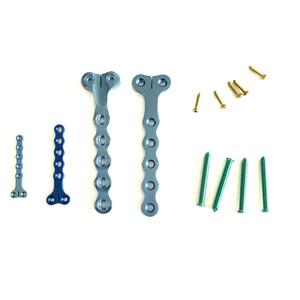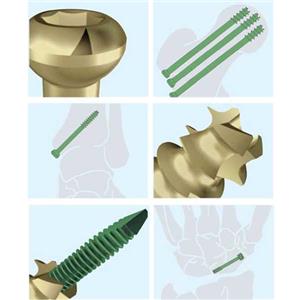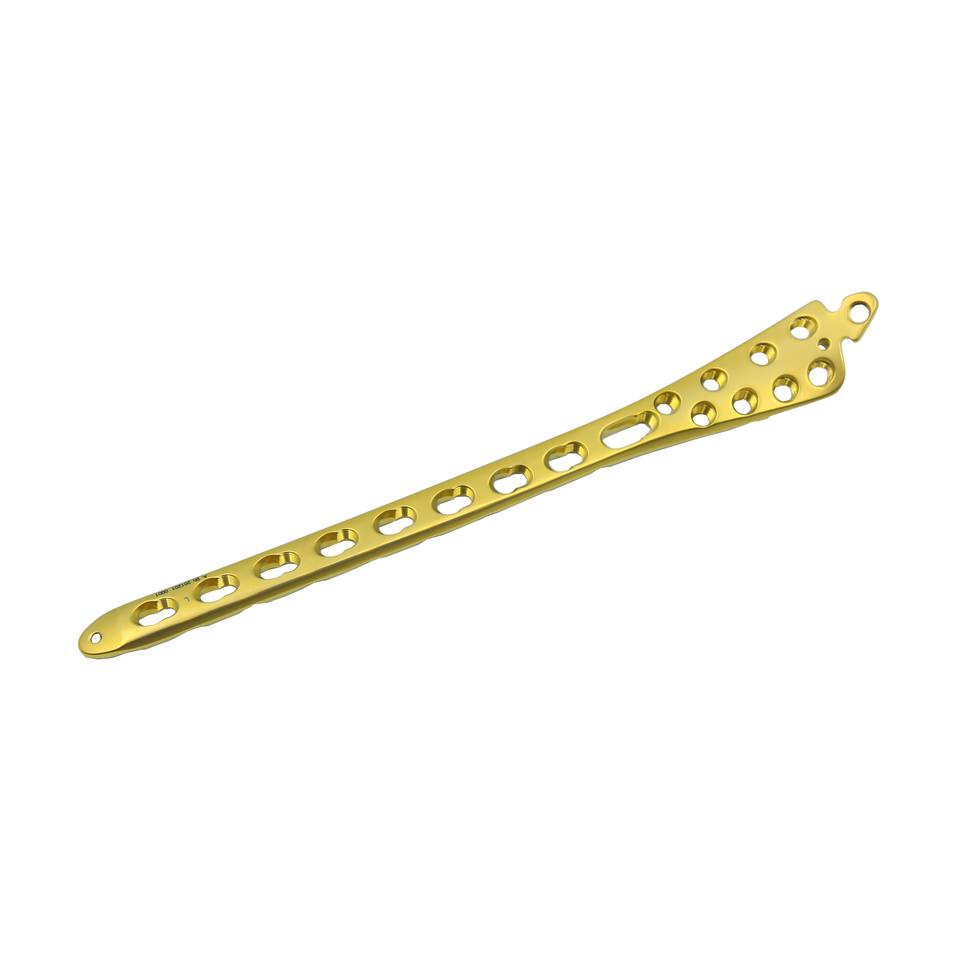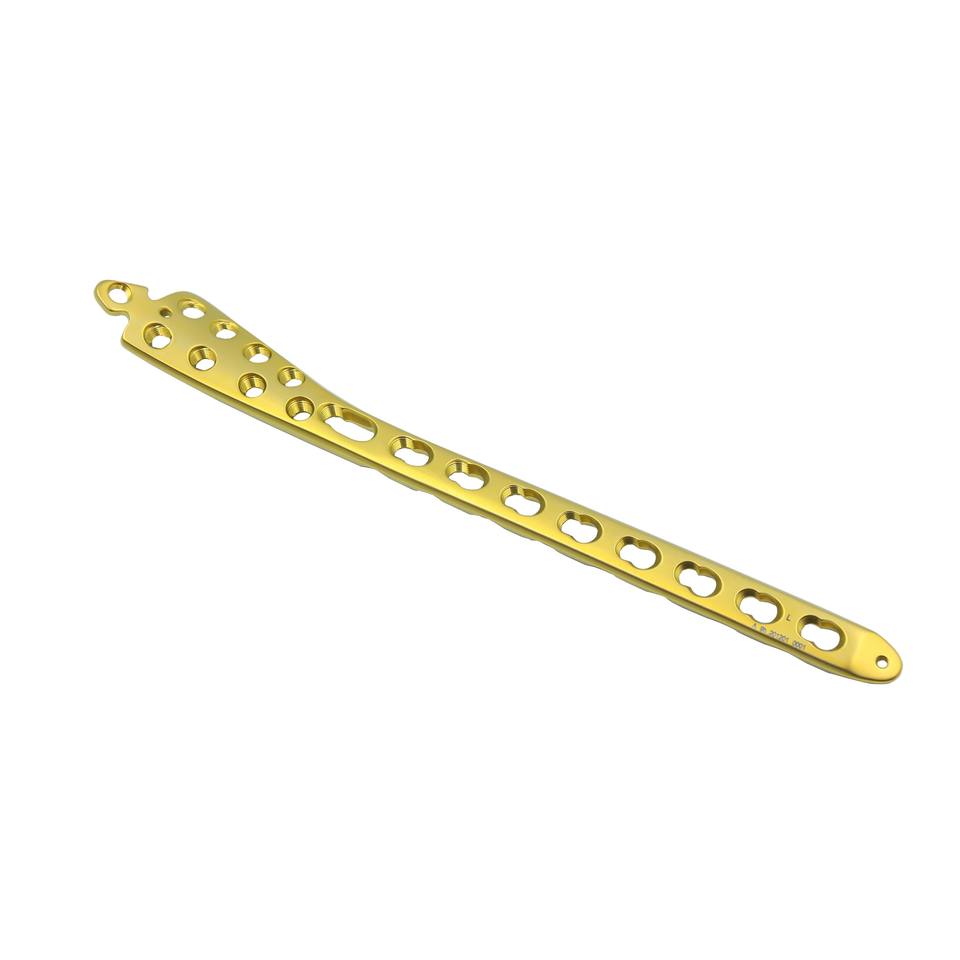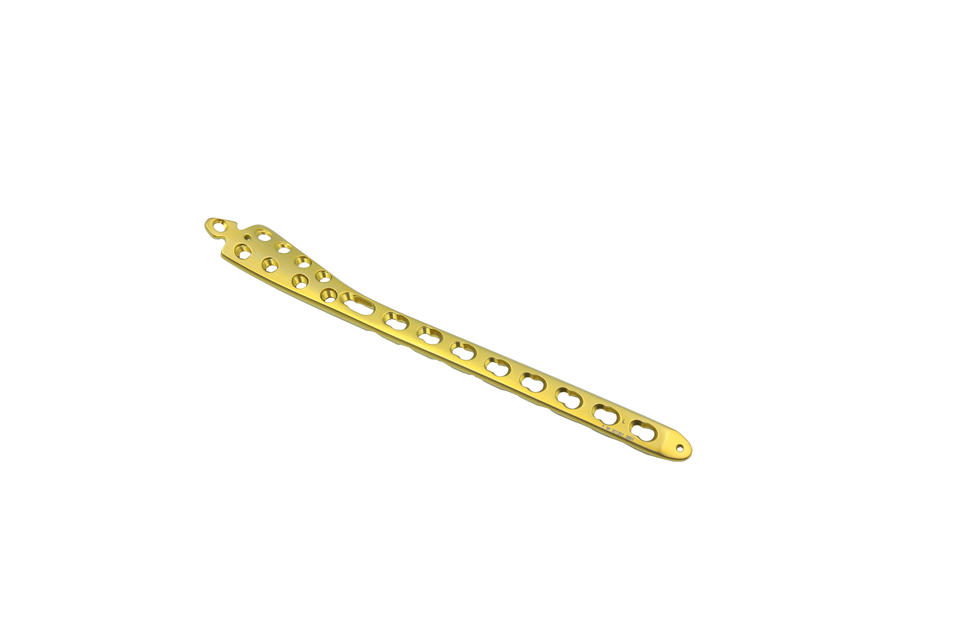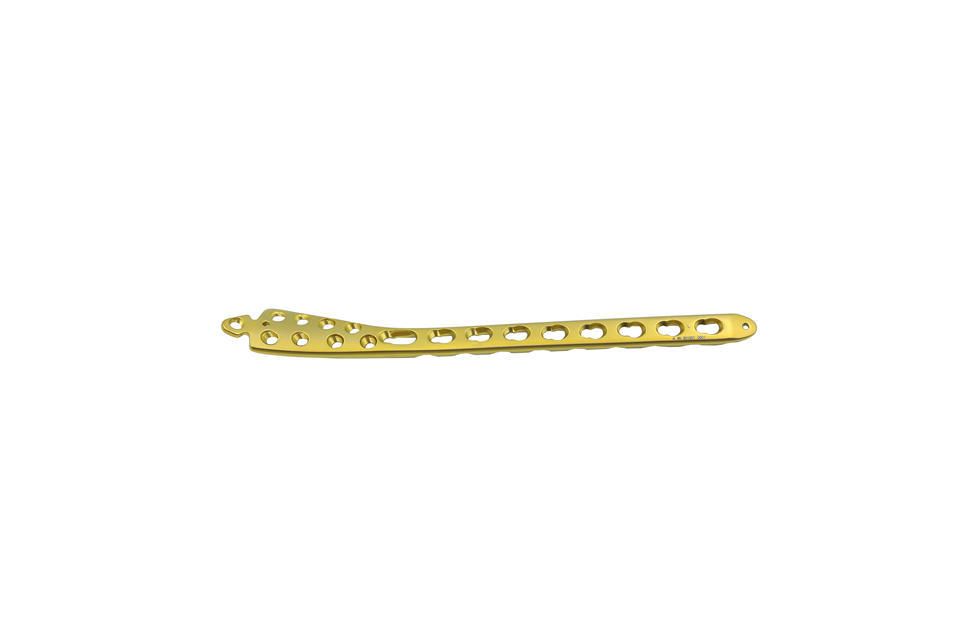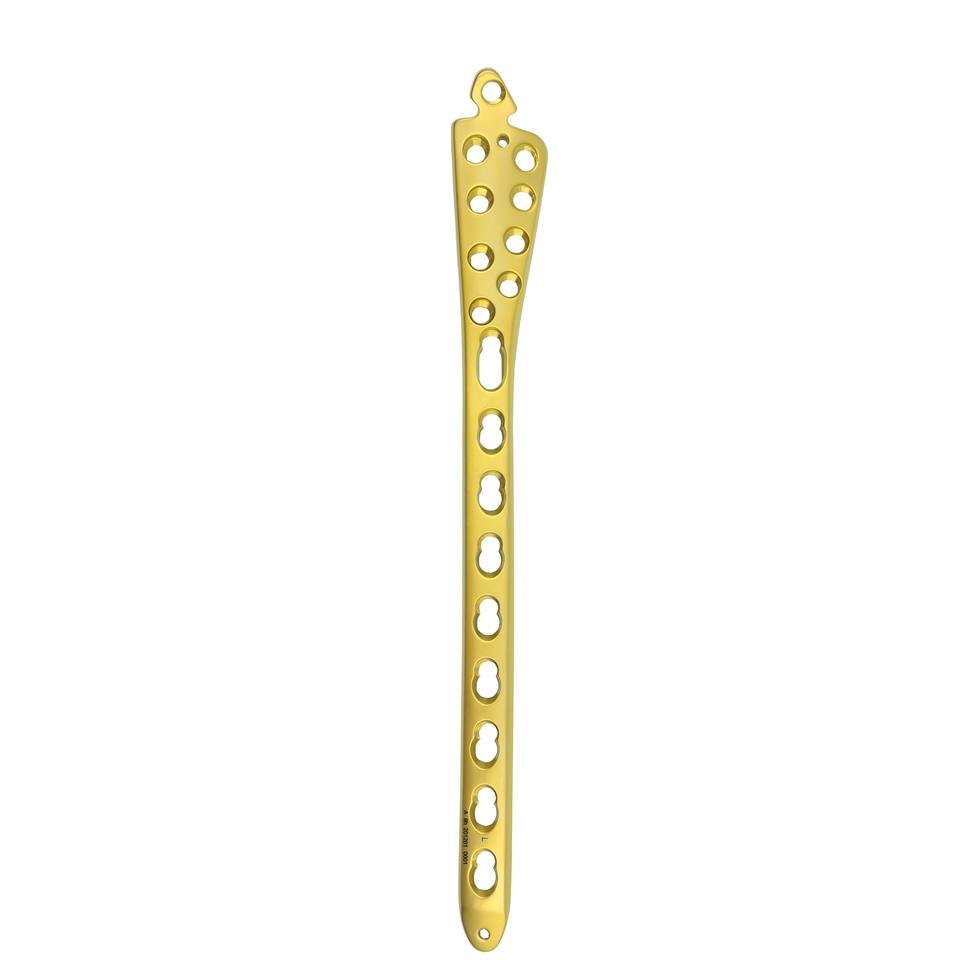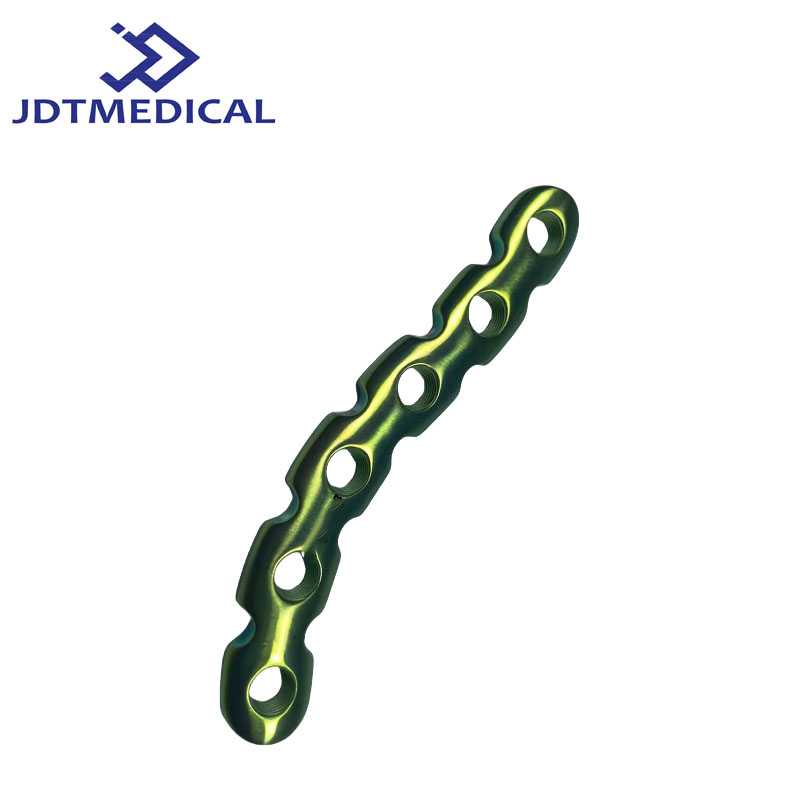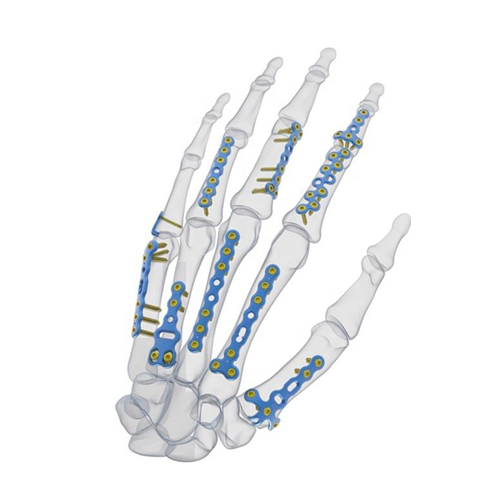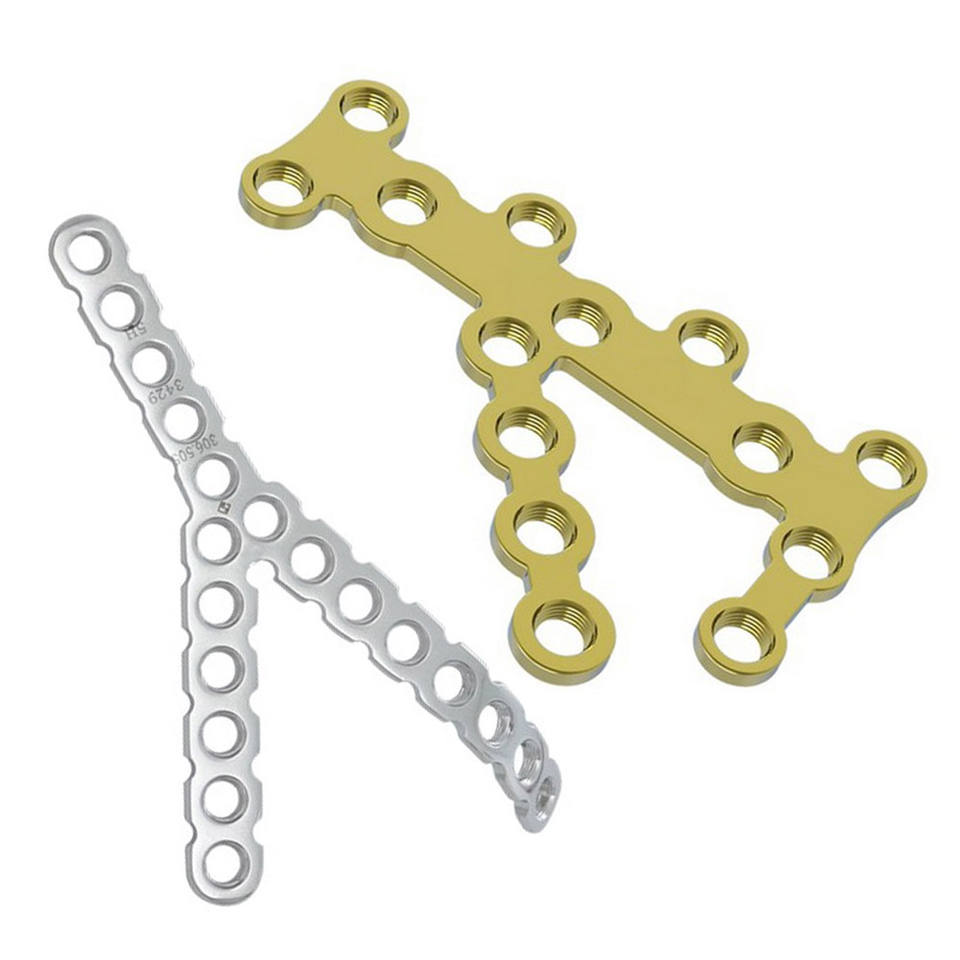
Implantation ostéochirurgicale d'un crâne en titane avec une plaque osseuse en métal
brand OEM/ODM
Origine des produits Xiamen
Le délai de livraison 60 jours
La capacité dapprovisionnement 1000/mois
L'implantation ostéochirurgicale d'un crâne en titane avec une plaque osseuse en métal est une intervention chirurgicale qui consiste à remplacer un os du crâne endommagé ou défectueux par un implant en titane. Cette procédure est souvent utilisée pour traiter les patients qui ont subi des traumatismes crâniens ou qui ont des malformations congénitales qui affectent la structure du crâne.
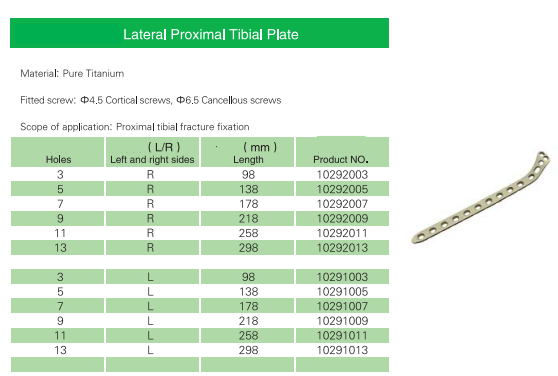
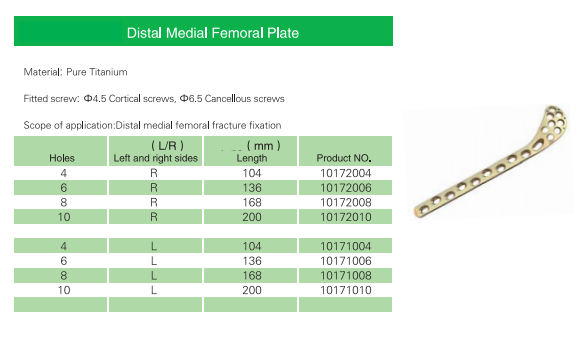
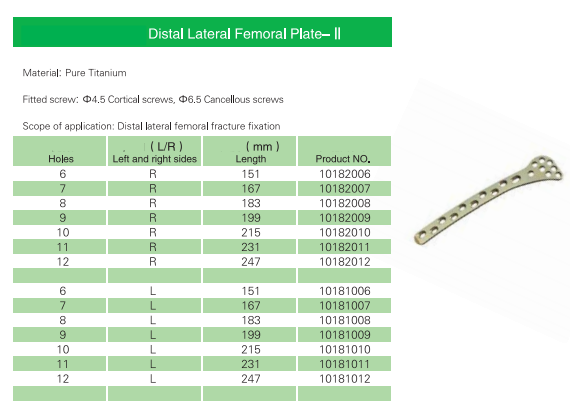
Osteosurgical implantation of a titanium skull with a metal bone plate is a surgical procedure that involves the replacement of a damaged or defective skull bone with a titanium implant. This procedure is often used to treat patients who have suffered traumatic head injuries or who have congenital defects that affect the structure of the skull.
During the procedure, the surgeon will make an incision in the scalp and remove the damaged or defective bone. The titanium implant will be custom-designed to fit the patient's skull and will be secured in place with metal bone plates and screws.
Titanium is a commonly used material for skull implants because it is strong, lightweight, and biocompatible, meaning that it is not likely to cause an allergic or immune response in the body. The metal bone plates and screws used to secure the implant in place are also made of titanium, ensuring that the entire implant is made of compatible materials.
After the implant is in place, the surgeon will close the incision with sutures or staples and the patient will be monitored closely to ensure that the implant is healing properly. In some cases, the patient may need to wear a protective helmet or other device to prevent further injury to the skull during the healing process.
Overall, osteosurgical implantation of a titanium skull with a metal bone plate is a highly effective procedure that can help patients to regain normal skull function and appearance following a traumatic injury or congenital defect. With proper care and monitoring, the implant can last for many years and provide long-lasting benefits to the patient.

